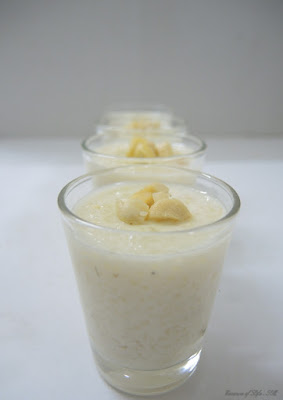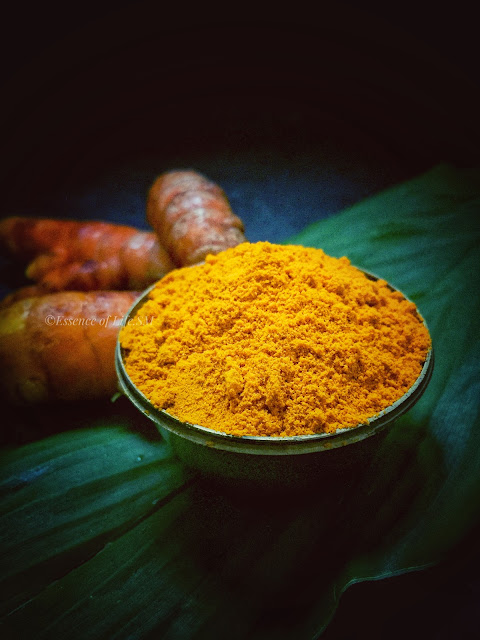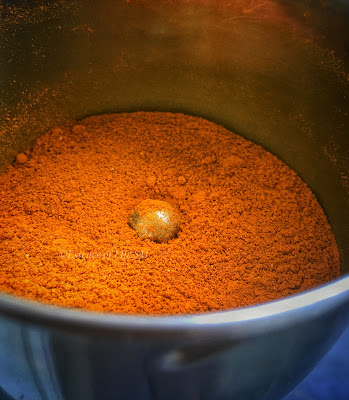 |
Iftar & Eid Menu: Breaking Fast with Dates and Tea |
"Feasting on Faith: An Iftar & Eid al-Fitr Culinary Journey from Tamil Muslim Cuisine"
Tamil Muslim Cuisine: A Legacy of Trade, Culture & Flavours
Tamil Muslims, also known as Tamil Nadu Muslims or Tamil-speaking Muslims, have a deep-rooted culinary heritage shaped by centuries of trade, migration, and cultural fusion. Their cuisine is a vibrant tapestry of South Indian traditions interwoven with Persian, Arab, and Mughlai influences—resulting in an exquisite blend of aromatic spices, slow-cooked meats, and indulgent sweets that define Tamil Muslim feasts.
Cultural Evolution & Trade History: A Culinary Crossroad
The Tamil Muslim community has a diverse ancestry, shaped by ancient maritime trade routes that connected South India to the Arabian Peninsula, East Africa, and Southeast Asia. These thriving trade networks not only facilitated commerce but also brought an exchange of cultures, traditions, and most importantly—flavours. Ingredients like saffron, rose water, dried fruits, and exotic spices made their way into Tamil Muslim kitchens, enriching their food with unique tastes and textures.
Coastal towns such as Keezhakkarai, Kayalpattinam, Nagore, and Nagapattinam became bustling trade hubs where Tamil Muslims thrived as skilled merchants, fishermen, and sailors. Over time, their influence spread inland to regions like Chennai, Vellore, Ambur, Vaniyambadi, and the North Arcot belt, each contributing its own local touch to the evolving Tamil Muslim cuisine. Today, this rich heritage is celebrated in the form of elaborate Iftar spreads, Eid feasts, and special occasion meals, where age-old recipes continue to be passed down through generations.
The Influence of Trade & Heritage on Tamil Muslim Cuisine
The cuisine of Tamil Muslims is a reflection of their rich cultural heritage, trade history, and regional influences. At its core, seafood, rice, and aromatic spices dominate their culinary traditions, echoing the vibrant legacy of the maritime routes they once navigated. The generous use of cinnamon, cloves, cardamom, and nutmeg in Tamil Muslim dishes speaks to the enduring influence of Arab, Persian, and South Indian cuisines, blending the best of multiple worlds into a single, flavourful experience.
Their food is also a testament to adaptation—where global influences meet local ingenuity. For instance, dishes like biryani, samosas, and halwa, which originated in Persian and Mughlai kitchens, have been reimagined with the distinct flavours of Tamil Nadu. Local ingredients such as seeraga samba rice, coconut milk, and dried chillies add a unique touch, making these dishes truly one-of-a-kind in taste and texture.
A Culinary Legacy Passed Down Through Generations
Tamil Muslims are known for their tight-knit communities, where food is a powerful link between generations. Family gatherings, religious festivals, and grand celebrations are incomplete without an elaborate spread of cherished traditional recipes, many of which have been meticulously preserved over centuries.
Despite regional variations, Tamil Muslims share a common culinary heritage that underscores their shared history and deep-rooted identity. Through their food, we gain a deeper appreciation of their culture, traditions, and the enduring spirit of togetherness.
Iftar & Ramadhan Specials: A Feast of Nostalgia & Tradition
Let’s embark on a flavourful journey through the heart of Tamil Muslim cuisine, where every dish carries a story of tradition, hospitality, and celebration. Inspired by cherished family recipes and fond memories of festive gatherings, I invite you to explore a handpicked collection of dishes that have left an indelible mark on my culinary repertoire.
From the fragrant biriyanis and melt-in-the-mouth Makan Peda of Eid celebrations to the comforting Nombu Kanji and creamy Phirni enjoyed during Ramadhan, each dish is a tribute to tradition. My inspiration comes from the generous feasts shared by our Muslim neighbours during Eid and the lavish wedding spreads in Coimbatore, where Tamil Muslim cuisine shines in all its glory.
Join me as I recreate the warmth of a Tamil Muslim household, one recipe at a time—celebrating the joy, hospitality, and spirit of togetherness that define these special occasions.
Click on the images below for detailed recipes!
Iftar & Eid al-Fitr Menu - Tamil Muslim Style
Dates: The Essence of Ramadan
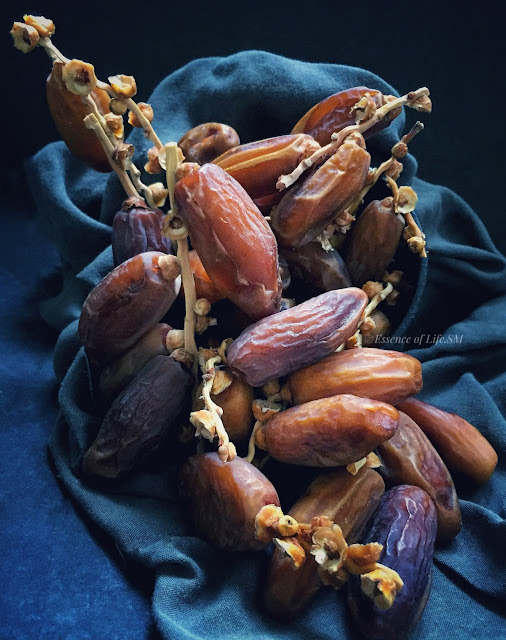 |
"Nature's Sweetness: Dates, The Essence of Ramadan" |
Dates: The Essence of Ramadan
A traditional and nutritious way to break the fast. Discover the timeless tradition of Dates in Ramadan. A journey from ancient cultivation to modern celebration. Living in Malaysia unveiled the profound significance of Dates during Ramadan, a tradition unfamiliar to me before. Originating around 5320 BC, Dates have been revered across the Indus Valley, the Middle East, and North Africa for their healing qualities and nutritional value. These fruits, rich in natural sugars and essential nutrients, offer a unique blend of taste and health, especially evident in their higher calorie content when dried.
The practice of breaking fast with Dates, rooted in Prophet Muhammad's example, is not just a dietary choice, but a deep-seated religious observance mentioned over 20 times in the Quran. Embraced globally, Dates symbolize the essence of Ramadan, linking the past with the present in the ritual of Iftar and the cherished newborn tradition of Tahneek.
Why dates for Iftar?
- Instant energy boost – High in natural sugars for quick recovery.
- Gentle on the stomach – Aids digestion after a long fast.
- Packed with nutrients – Rich in fibre, potassium, and antioxidants.
Whether fresh or dried, dates are the perfect way to replenish energy and prepare the body for the meal ahead.
To read more about the health benefits of Dates, click here...
Opening Drink:
Ilaneer Nannari Sarbath: A Refreshing Iftar Essential
 |
"Refreshing Harmony: Ilaneer Nannari & Lemon Sharbath |
After a long day of fasting, nothing beats a cool, revitalising drink! Ilaneer Nannari and Lemon Sharbath will Refresh and rejuvenate your senses, blending the natural hydration of tender coconut water with the cooling benefits of Nannari (Indian Sarsaparilla) syrup. A dash of fresh lemon juice adds a zesty twist, while tender coconut shavings enhance the texture.
Love Homemade Syrups? Try this Refreshing Homemade Nannari Syrup!
Why it's perfect for Iftar:
- Rehydrates & cools the body instantly.
- Aids digestion and prevents heat-related discomfort.
- Naturally energising without artificial additives.
Serve it chilled for a refreshing start to your Iftar feast!
Craving more refreshing drinks? Click here for a selection of thirst-quenching Fresh Fruit Juices!
Appetizers:
Chicken Kola Urundai: A Cultural Mélange!
 |
"Spiced Perfection: Chicken Kola Urundai" |
Why it’s a must-try:
- Juicy, spiced minced chicken – fried to crispy perfection.
- Aromatic Chettinad spices bring intense depth of flavour.
- Perfect for Iftar – pairs well with chutneys & dips.
Craving more? Click here for a variety of Kola Urundai recipes...
Masal Vadai: A Crispy & Flavourful Appetizer
 |
"Crunchy Delights: Masal Vadai" |
Masal Vadai isn’t just a snack—it’s a Ramadan essential! Made with a perfect blend of lentils, spices, and herbs, this crispy delight pairs beautifully with the soul-soothing Nombu Kanji, creating a comforting balance of flavours. A standout variation is the Prawn Vadai, a coastal Tamil Muslim speciality, where succulent prawns elevate the classic vadai to a whole new level of indulgence.
Love Crispy Bites? Explore More Vadai Recipes Here!
Porridge:
Nombu Kanji: A Symbol of Shared Blessings
 |
"Ramadhan Nombu Kanji: A Bowl of Solace" |
More than just a porridge, Nombu Kanji is a tradition of togetherness and generosity. This comforting rice and lentil gruel, often enriched with meat, carries the essence of biryani in its flavours while embodying the true spirit of Ramadan. A recipe passed down from our neighbour’s grandmother, it stands as a heartwarming reminder that Ramadan is not just about fasting—it’s about nourishing the body, soul, and community.
Craving Comfort? Discover More Soul-Soothing Porridges Here!
Main Course:
Breads & Side Dishes:
Parotta with Thanjavur Style Mutton Mundhiri Varuval
|
|
The iconic Parotta—flaky, buttery, and irresistibly crisp—perfectly complements the deep, aromatic flavours of Mutton Mundhiri Varuval. This Thanjavur-style dish, enriched with roasted cashews and an exquisite blend of spices, reflects the richness of Tamil Muslim cuisine. The combination delivers a feast of textures and bold flavours, making it a celebratory must-have for Iftar and Eid.
- Master the Art of Parotta! Click here for quick and easy step-by-step guides to making Parotta effortlessly!
- Craving a Feast? Dive into a wide range of Handpicked Mutton Recipes here!
Appam or Idiyappam with Mutton Paya
|
|
|
The pairing of soft, cloud-like Appam or delicate strands of Idiyappam with the robust, deeply flavoured Mutton Paya is a culinary delight. The stew, slow-cooked to perfection, envelops the tender mutton trotters in a rich, spiced broth that's both nourishing and comforting. This dish is a cherished part of Tamil Muslim heritage, offering a taste of tradition and the warmth of home in every spoonful, ideal for breaking the fast.
Biryani & Side Dishes
Kayalpattinam Vellai Biriyani - Ahani Biriyani
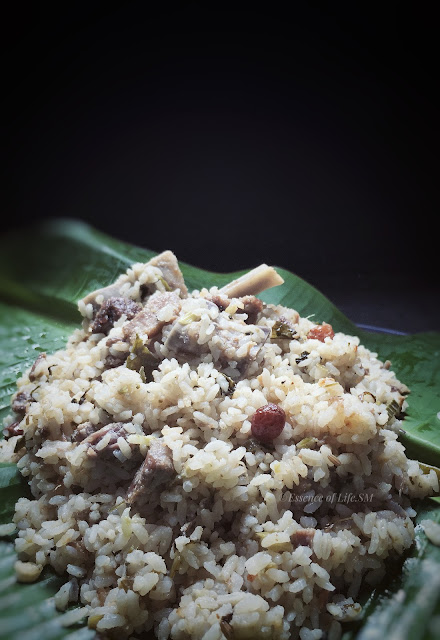 |
"Light and Fragrant: Kayalpattinam Vellai Biriyani" |
Kayalpattinam Ahani Biryani stands out with its unique approach to biryani, favoring a lighter, aromatic profile with hints of green chili, mint, and coconut. This version reflects the coastal influence on Tamil Muslim cuisine, bringing a breath of freshness to the palate. It's a celebration of subtle flavours that contrast the rich, heavy dishes typically found on an Iftar table, providing a perfect balance.
Ambur/Vaniyambadi Biryani
 |
"Spicy Elegance: Ambur/Vaniyambadi Biriyani" |
Ambur Biryani is a culinary gem that brings together tender mutton and a distinctive spice blend in a harmonious feast. Its preparation is steeped in tradition, embodying the essence of Tamil Muslim celebrations. This biryani is not just a dish but a cultural experience, offering a taste of the community's history and its enduring legacy in the culinary world.
Madras Muslim Biryani
 |
"Vibrant and Aromatic: Madras Muslim Biriyani" |
Madras Muslim Biryani is a vibrant tapestry of flavours, each layer telling a story of cultural confluence and culinary expertise. Aromatic spices, tender meat, and fluffy rice come together in a celebration of taste and tradition, making it a centerpiece at any Iftar gathering. This dish represents the heart of Tamil Muslim cuisine, rich in history and brimming with the love of generations.
Unlock a treasure trove of Biriyani Recipes with a simple click...
Side Dishes:
Brinjal Gravy
 |
"Tangy and Spicy Delight: Brinjal Gravy for Biryani" |
This tangy and spicy Brinjal Gravy, made with eggplants, is a testament to the complexity of Tamil Muslim cooking. Each bite is a blend of traditional spices and textures, serving as a perfect accompaniment to the biryanis and breads that grace the Iftar table. It's a humble yet essential dish that adds depth and variety to the feast.
Spicy Mutton Chukka
 |
"Fiery Flavour Explosion: Spicy Madurai Mutton Chukka" |
Spicy Mutton Chukka is a celebration of bold flavours and textures. The mutton is cooked until succulent, infused with a fiery blend of spices that awaken the senses. This dish is a staple in Tamil Muslim cuisine, known for its intensity and richness, making it an unforgettable addition to any celebratory meal.
Discover a variety of Chukka Recipes here...
Desserts:
Poosanikkai Halwa
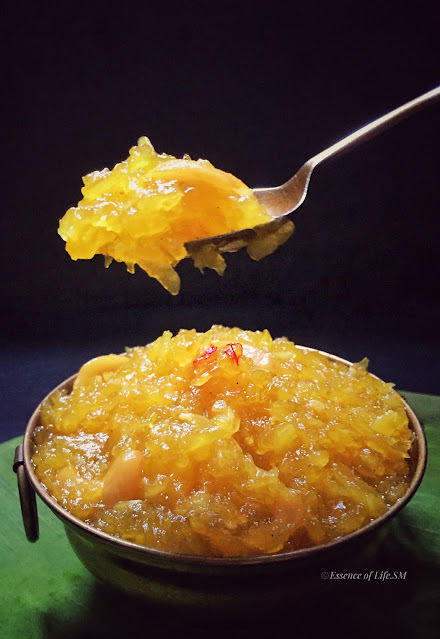 |
Poosanikkai Halwa - The Elegance of Tamil Muslim Wedding" |
The sweet Poosanikkai Halwa is a delightful conclusion to the Iftar meal. Made from White Pumpkin alias Ash Gourd, it's infused with cardamom, ghee, and nuts, offering a gentle nod to the region's abundant produce and spice use. This dessert captures the essence of Tamil Muslim hospitality, offering a soothing, sweet end to the day's fast. and it is one ubiquitous sweet served during a Tamil Muslim Wedding.
Discover a range of delicious Halwa Recipes here...
Arcot Makkan Peda
 |
"Indulgent Sweetness: North Arcot Makkan Peda" |
Arcot Makkan Peda is a luxurious treat, rich with the flavours of ghee, and nuts. Its origins in the Arcot region of Tamil Nadu add a historical dimension to its presence on the Iftar table, symbolizing the cross-cultural influences in Tamil Muslim cuisine. Each bite is a blend of creamy, milky sweetness, making it a cherished festive delicacy.
For a Variety of Indian Sweet Treats, Click here...
Additional Dessert Options:
Phirni or Zafrani Phirni
|
|
Phirni or Zafrani Phirni, with its creamy texture and subtle fragrance of cardamom and saffron, offers a refreshing and elegant end to the meal. This rice pudding, beloved across regions, finds a special place in Tamil Muslim celebrations, embodying the spirit of sharing and community. It's a soothing dessert, perfect for savouring after a day of fasting.
Falooda or Kulfi Falooda
|
|
Falooda is a visually stunning and deliciously complex dessert drink, layered with vermicelli, basil seeds, rose syrup, and often topped with ice cream. It's a feast for the senses, combining textures and flavours in a refreshing concoction that's especially welcome after fasting. This dessert drink highlights the innovative and diverse aspects of Tamil Muslim culinary traditions. For yet another versatile and satiating dessert serve Kulfi Falooda.
To Finish of the Iftar Meal:
Rose Milk or Rose Lassi
|
|
Rose Milk or Rose Lassi offers a floral, refreshing finale to the Iftar meal. Their cooling properties and delicate flavours provide a soothing contrast to the day's end, embodying the essence of hospitality and grace in Tamil Muslim culture. These drinks are a gentle reminder of the joy and renewal that Ramadan brings to each home. Choose your option of drink to grace your iftar menu.
For a selection of Masquerading Desserts that double as Drinks and more, click here...
Masala Chai or Sulaimani
|
|
The choice between a robust Masal Chai or an aromatic Sulaimani Chai is a testament to the diverse palette of Tamil Muslim cuisine. Both beverages offer comfort and warmth, marking the end of the meal with traditional flavours that speak of home, heritage, and the simple pleasures of shared experiences.
To discover additional Heart-soothing Beverages, simply click here.
Reminiscing the memories of Id!!!
As the sun dips below the horizon, casting a golden glow that heralds the end of another day of fasting, our Tamil Muslim Iftar menu stands as a testament to the rich tapestry of flavours and traditions that define this sacred time. From the soothing slurps of Nombu Kanji to the aromatic whispers of biryani, each dish carries with it stories of heritage, communal bonds, and a shared joy in the act of breaking fast together. As we wrap up this culinary journey, let us remember that these recipes are more than just food on a plate; they are an invitation to explore, to celebrate, and to partake in a culture that thrives on generosity, love, and the simple joy of a shared meal. May this Iftar menu not only satiate your hunger but also inspire a deeper connection to the vibrant traditions of Tamil Muslim cuisine. Here's to celebrating Iftar and Eid al-Fitr with hearts as full as our stomachs, surrounded by the laughter and love of family and friends. As Ramadan draws to a close, we send out a heartfelt wish for a blessed season filled with peace, reflection, and joy.







